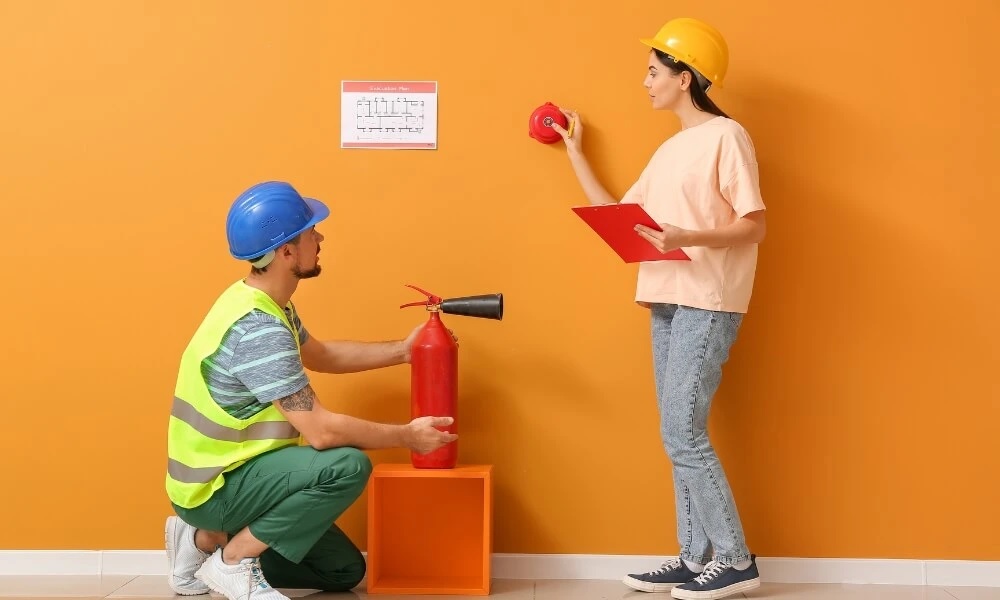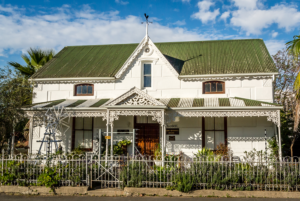
Fire is a devastating threat that any building faces. The consequences of a fire are catastrophic, leading to loss of life, property damage, and business interruptions. Managers and occupants fire safety seriously and prioritize regular fire safety inspections.
- Compliance with fire codes and regulations
Every jurisdiction set of fire codes and regulations that outline the requirements for fire safety in buildings. Regular fire safety inspections help ensure that your building complies with these codes, reducing the risk of fines, legal liabilities, and potential shutdowns.
- Early detection of fire hazards
Fire hazards arise from various sources, such as faulty electrical wiring, improper storage of flammable materials, blocked exit routes, or outdated fire protection systems. Regular inspections identify these hazards before they escalate for timely correction and prevention of potential fires.
- Maintaining functional fire protection systems
Fire protection systems, including smoke detectors, fire alarms, sprinklers, and fire extinguishers, are critical components of a building’s fire safety strategy. For building inspections in Sydney check vitalbuildinginspection.com.au of these systems are functioning correctly and ready to respond in case of an emergency.
- Protecting Lives and Property
The primary goal of fire safety inspections is to protect the lives of building occupants and minimize property damage in the event of a fire. Identifying and addressing potential hazards creates a safer environment for everyone who lives, works, or visits your building.
Expect during a fire safety inspection
Fire safety inspections are typically conducted by certified fire inspectors from your local fire department or a third-party inspection company. During the inspection, the inspector examined various aspects of your building’s fire safety measures.
- Building exterior and access
The inspector will assess the building’s exterior, ensuring that address numbers are visible and that fire department access routes are unobstructed. They check for proper clearance around fire hydrants and adequate space for fire trucks to manoeuvre.
- Fire alarm and detection systems
The inspector will test the functionality of your building’s fire alarm system, including manual pull stations, smoke detectors, and audible and visual notification devices. They will also examine the system’s control panel and review maintenance records.
- Fire suppression systems
If your building is equipped with a fire sprinkler system or other fire suppression systems, the inspector will check for proper installation, maintenance, and operation. This includes inspecting water supplies, control valves, and sprinkler heads.
- Means of egress
The inspector will evaluate your building’s means of egress, ensuring that exit routes are marked, illuminated, and free from obstructions. They will also check that exit doors operate properly and are not locked or blocked.
- Fire extinguishers
The inspector will examine the type, location, and condition of fire extinguishers throughout the building. They will ensure that extinguishers are properly mounted, inspected, and serviced according to the manufacturer’s recommendations.
- Storage and housekeeping
Proper storage and housekeeping practices are essential for fire safety. The inspector will assess the storage of flammable and combustible materials, which are stored safely and under regulations. They will also check for excessive clutter or blocked aisles that could impede evacuation.
- Emergency planning and training
Effective emergency planning and training are crucial components of fire safety. The inspector may review your building’s emergency plans, evacuation procedures, and documentation of fire drills and staff training.





